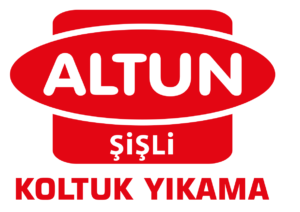Ethereum: The End of Mining
The future of mining: Is Ethereum in Brink?
As the largest cryptocurrency in the world by market capitalization, Ethereum has been synonymous with decentralized applications (Dapps) and intelligent contracts. However, under its innovative surface, there is a complex ecosystem that depends heavy in a crucial component: mining.
For those un familiarized, mining refers to the process of validating transactions in the Ethereum network and adding them to blockchain in exchange for newly attended ether (ETH) ether. The mining process involves solving a computational mathematical breach to validate transactions and create new blocks. This energy -intensive activity has a content issue among cryptocurrency enthusiasts, with many asking for more sustainable solutions.
The decline of mining
In recent years, the mining difficulty of the Ethereum network has increased the exponentially, making it more and more difficult for miners to resolve the complex breach in time. As a result, the cost of executing a mining platform has shot, making it an unfeasible option for most individuals and organizations. According to Coinggecko data, the average hash per unit (AHU) rate on Ethereum’s main network fell about 40% since its peak in June 2017.
This decline has significant implications beyond Bitcoin assessment. Without mining, the network would fight Mintain a consistent time, which is currently defined in 15 seconds. This would lead to a waterfall effect, where:
- Transaction rates increase : With fewer miners and less computational power, transaction processing speed and rates would increase.
- Smart contract speeds speed up : As smart contracts are built on the Ethereum network, they require validation and constant updates to function properly. Increased latency can impair your performance.
3.
** Is mining required?
Although mining is still necessary to protect the Ethereum network, its role in the system is evolving. Some potential alternatives being explored include:
- Proof of Participation (POS) : This consensus algorithm, currently used by POLKADOT and other networks, involves validators keeping a certain amount of ETH to “bet” your position before voting in new blocks.
- Delegated Test of Participation (DPOS) : similar to POS, DPOS allows users to participate to other validators, than participate in the validation process.
- Hybrid Consensus : This approach combines both POW and POS, using a combination of work proof mechanisms (POW) and inventory proof (POS).
Conclusion
As the world’s leading cryptocurrency, Ethereum is in a crossroads. The growing difficulty of mining will lead to its decline, forcing developers to explore alternative solutions. Although mining remains essential to protect the network, it is clear that the system is in cusp or change. As we move forward, it will be interesting to see that Howhereum evolves and if new consensus algorithms arise to replace or complement traditional mining methods.
Sources:
- Wikipedia: Bitcoin
- Coinggecko: Ethereum (Ahu)
- Ethherscan: Mining difficulty
